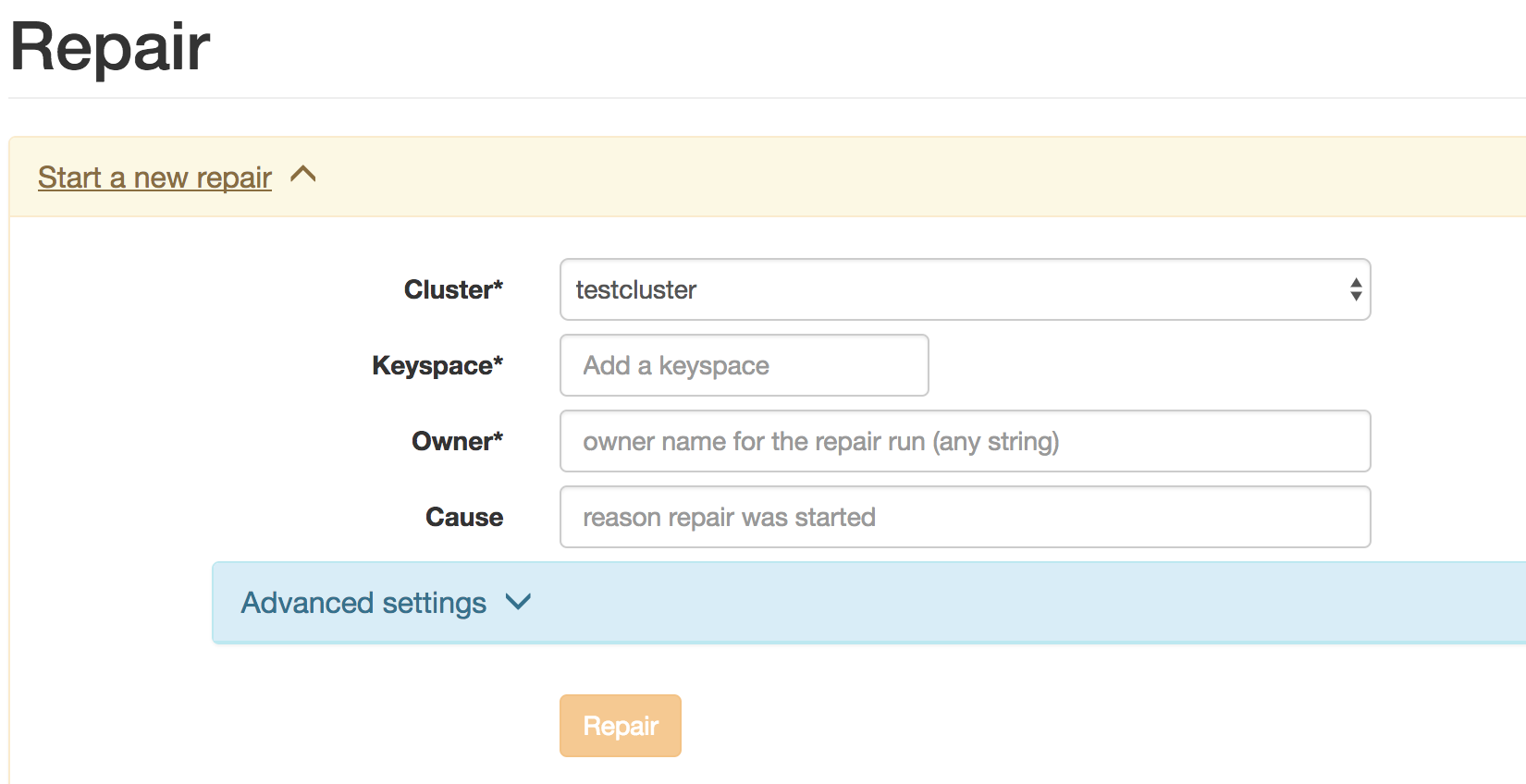Reaper 1.0 Has Been Released!
In celebration of National Pickle Day, we’re proud to announce the 1.0 version of Reaper for Apache Cassandra. This release is a huge milestone for us. We’d like to start by thanking everyone who’s reported bugs and helped us test. We’d especially love to give a huge thank you to the teams which have sponsored development of the project along the way.
To help everyone get started using reaper, we’ve made a short video to help you get up and running in under 10 minutes.
First, the big items. To start, we’ve massively improved multi-dc support when using the Cassandra backend. It’s possible to run a reaper instance in each data center, and Reaper will use Cassandra’s multi-dc replication to coordinate. We’ve updated the documentation with the details on how to set this up.
Based on some feedback, we’ve simplified UI by hiding less used elements under a advanced panel that’s hidden by default. Setting up basic repairs should be easier with less options to consider initially.

Under the new advanced tab we added the ability for Reaper to repair specific nodes, instead of always needing to repair the entire cluster. This is useful when a node has been down for longer than the hint window. We’ve also moved the options for blacklisting, parallelism, repair intensity, and incremental repair.

One of the questions asked the most often was how many segments to configure for a given repair. The answer was not easy, because it depended on cluster size and vnode count. We’ve simplified this by making the optional field be segments per node instead of total segments.
Table blacklisting is new as well. This is useful for clusters with lots of tables, and a handful that don’t need to be repaired. This is common with tables using TTLs and TWCS.
On the performance side, the Cassandra backend has been improved to avoid excessive tombstone creation, which will help with read performance and decrease the overhead of compaction.
As usual, we strive to do more than just crank out features. We’ve made a considerable effort to reduce technical debt, improve organization, write better documentation, conform to consistent code style. We’ve made these investments to ensure a smooth path for future development.
The full list of issues can be found on GitHub.
As always, you can grab the latest version from the downloads section of cassandra-reaper.io.